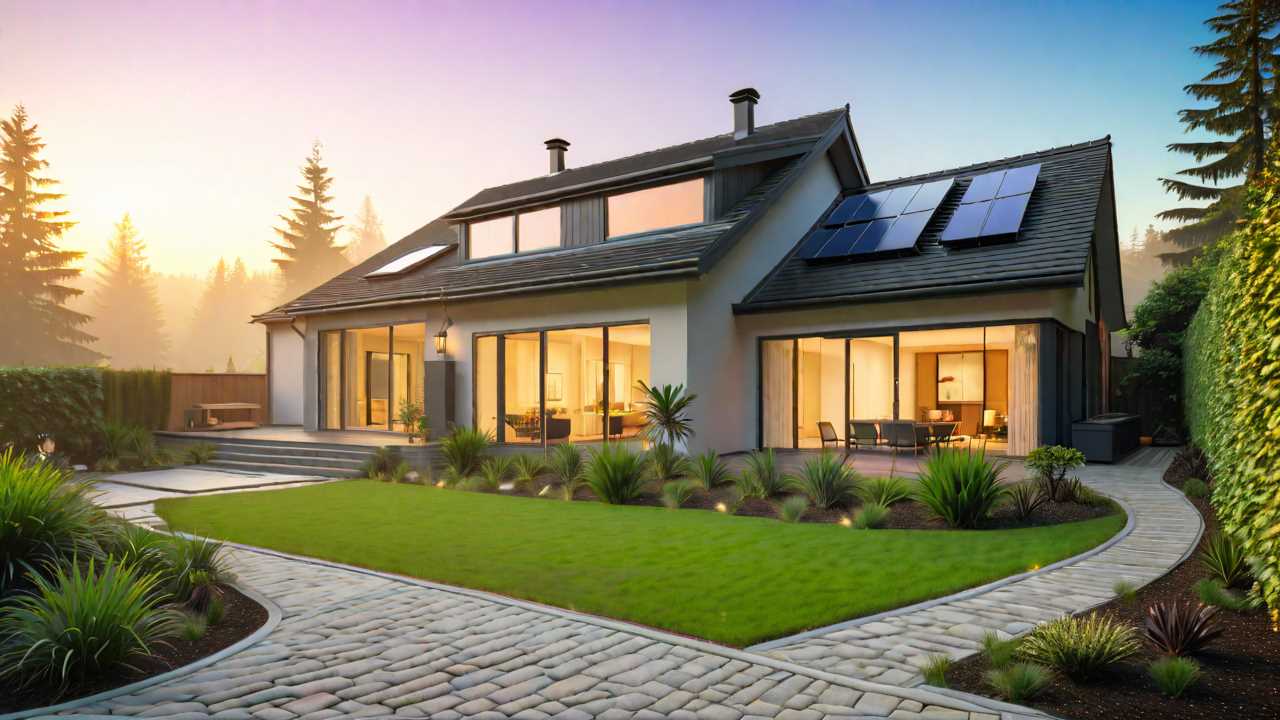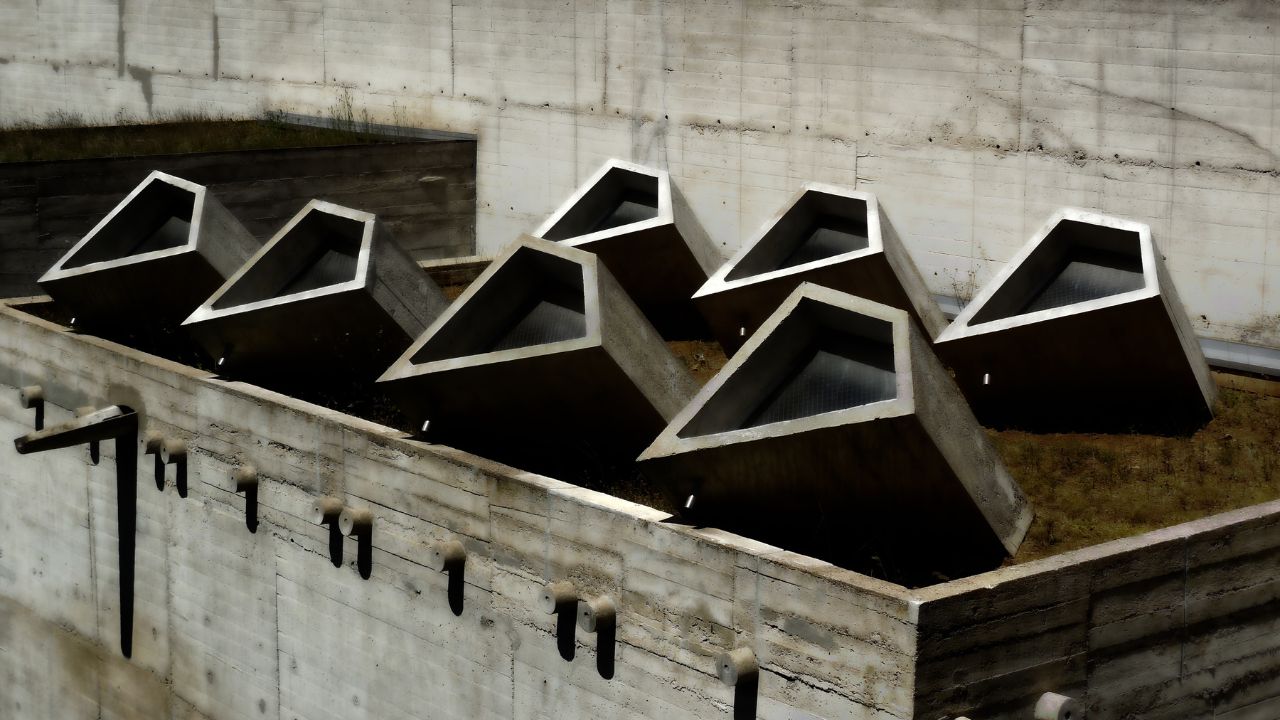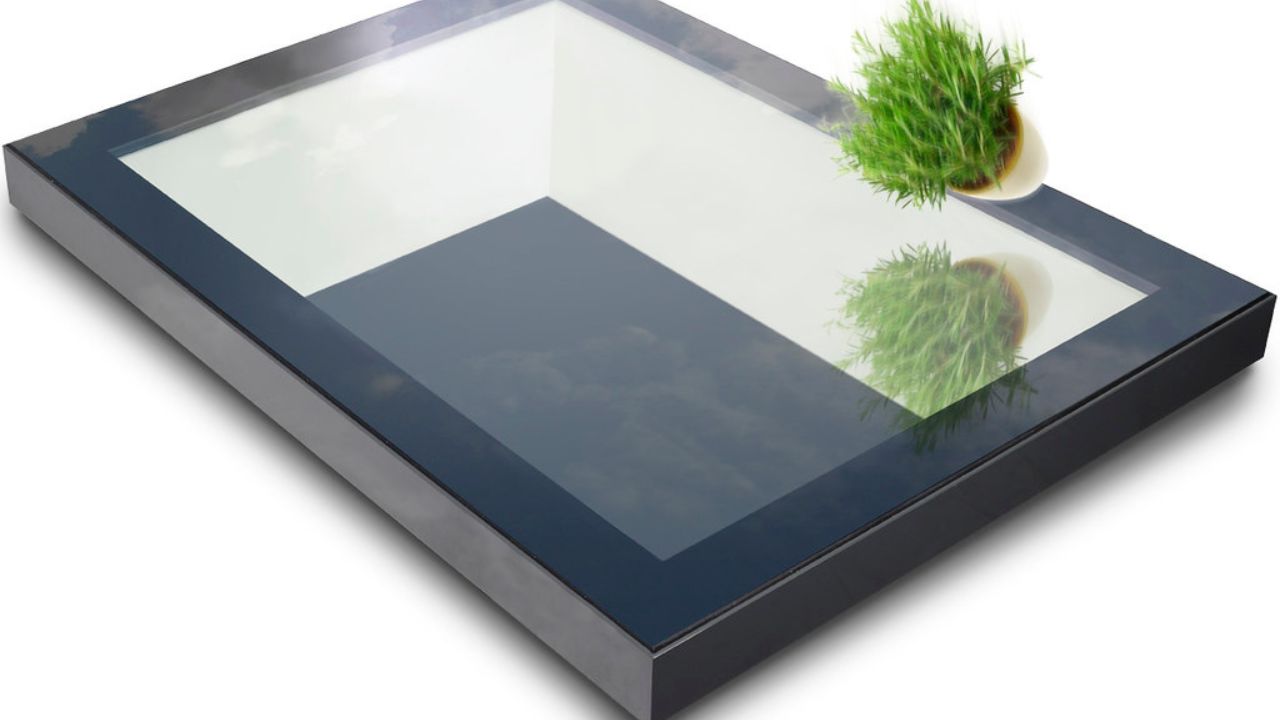
Did you know that buildings account for about 40% of global energy consumption? Skylights offer a compelling solution to this issue by harnessing natural light to illuminate spaces, reducing the reliance on artificial lighting. However, before you decide whether skylights are truly beneficial for the environment, it’s important to take into account various factors that can influence their overall impact. From installation methods to material choices, each aspect plays a significant role in determining the environmental footprint of skylights.
Energy Savings Potential
When properly installed and utilized, skylights can significantly reduce energy consumption in buildings by utilizing natural light to illuminate interior spaces. By allowing natural light to enter, skylights can decrease the need for artificial lighting during the day, leading to lower electricity usage. Studies have shown that incorporating skylights in a building’s design can result in energy savings of up to 40% in lighting costs. This reduction in energy consumption not only benefits the environment by decreasing greenhouse gas emissions associated with electricity production but also contributes to cost savings for building owners.
Additionally, skylights can help regulate indoor temperatures by providing passive solar heating in the winter and natural ventilation in the summer. This passive heating and cooling effect can further reduce the reliance on heating, ventilation, and air conditioning systems, leading to additional energy savings. Overall, the energy-saving potential of skylights makes them a sustainable choice for environmentally conscious individuals looking to reduce their carbon footprint and lower energy costs.
Natural Light Benefits
Skylights offer numerous advantages through the infusion of natural light into interior spaces, improving both environmental sustainability and occupant well-being. The utilization of natural light not only diminishes the need for artificial lighting but also contributes to energy savings and lower electricity bills. Studies show that exposure to natural light has a positive impact on mood, productivity, and overall health. By incorporating skylights into a building design, you can create a more comfortable and welcoming environment while reducing your carbon footprint.
Natural light is also known to enrich the aesthetic appeal of a space, emphasizing architectural features and creating a sense of openness. This can lead to increased property value and enhanced resale potential. Additionally, exposure to natural light has been linked to better sleep patterns and increased vitamin D production, which are essential for maintaining overall well-being.
Environmental Impact of Production
The production of skylights involves significant energy consumption and raw material utilization, leading to a notable environmental impact. Manufacturing skylights requires various resources such as glass, aluminum, and plastic, each with its own set of environmental implications.

Glass production, for instance, involves high energy usage and emissions, contributing to air pollution and climate change. Aluminum extraction and processing are energy-intensive processes that can result in habitat destruction and water pollution. Additionally, the production of plastic components for skylights can lead to the release of harmful chemicals into the environment.
In terms of energy consumption, the manufacturing process of skylights often relies on fossil fuels, further exacerbating carbon emissions. The transportation of raw materials to production facilities and finished skylights to distribution centers also adds to the environmental footprint through fuel consumption and emissions.
Heating and Cooling Efficiency
Efficient heating and cooling play an essential role in maximizing the functionality and sustainability of skylights in buildings. Skylights can impact the interior temperature of a building by allowing natural light and heat to enter, affecting the need for artificial heating and cooling systems. Here are some key points to keep in mind regarding heating and cooling efficiency with skylights:
- Natural Heating: Skylights can help in warming up a space during the day by allowing sunlight to enter, reducing the reliance on heating systems.
- Ventilation: Properly designed skylights can also facilitate natural ventilation, allowing hot air to escape, which can decrease the need for air conditioning.
- Glazing Options: Choosing skylights with appropriate glazing can help control heat gain or loss, improving overall energy efficiency.
Considering the impact skylights can have on heating and cooling efficiency is essential when aiming for sustainable building practices. By optimizing these factors, you can make the most out of skylights while minimizing reliance on mechanical heating and cooling systems.
Considerations for Sustainable Installation
Considering sustainable practices during the installation of skylights is vital for minimizing environmental impact and optimizing energy efficiency. To guarantee a sustainable installation, it’s essential to focus on several key aspects.
First, choosing skylights made from eco-friendly materials such as low-emissivity glass or recycled materials can significantly reduce the carbon footprint of the installation process. Additionally, selecting skylights with high energy performance ratings, like ENERGY STAR certified products, can improve the overall energy efficiency of your home.
Proper placement of skylights is another vital consideration. Installing skylights in locations that maximize natural light exposure while minimizing heat gain or loss can help reduce the reliance on artificial lighting and heating or cooling systems. Moreover, incorporating shading devices or coatings on the skylights can further optimize their energy efficiency by regulating the amount of sunlight entering the space.

Lastly, working with experienced professionals who follow sustainable installation practices and guidelines can ensure that your skylights are installed efficiently and effectively, minimizing waste and environmental impact. By considering these sustainable installation factors, you can’t only benefit from the aesthetics and functionality of skylights but also contribute to a more environmentally friendly living space.
Frequently Asked Questions
Do Skylights Require Regular Maintenance for Optimal Performance?
Regular maintenance is crucial for peak skylight performance. Clean glass, check seals and frames, and clear debris. Neglect can lead to leaks and reduced efficiency. Stay on top of maintenance for a bright, efficient home.
Can Skylights Impact Indoor Air Quality?
Skylights can impact indoor air quality positively by promoting natural ventilation and reducing the need for artificial lighting. Properly placed and maintained skylights can introduce fresh air and sunlight, enhancing the overall indoor environment.
Are There Any Health Benefits Associated With Skylights?
When you welcome natural light into your space through skylights, you can experience improved mood and productivity. Sunlight exposure has been linked to boosting Vitamin D levels, enhancing mental well-being, and regulating sleep patterns.
Do Skylights Contribute to Increased Home Resale Value?
Skylights can improve the aesthetics and natural lighting of your home, potentially increasing its resale value. They may appeal to buyers looking for energy-efficient features or a connection to the outdoors.
What Are the Best Practices for Recycling Old Skylights?
When recycling old skylights, it is vital to ensure proper disposal at designated facilities to prevent environmental harm. Separating glass, metal, and plastic components for recycling helps conserve resources and reduce waste. Following local guidelines is essential.